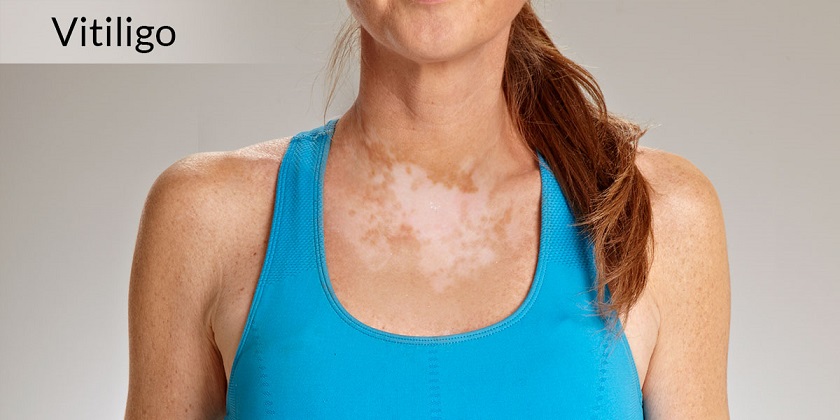- Home
- Leucoderma Treatment

Overview
Leucoderma or vitiligo is a long term skin condition which is characterized by areas or patches of skin losing their pigment. The areas of the skin which is affected become white and possess a sharp margin. No drug can stop the process of loss of pigment cells that are the melanocytes. Though there is no cure for vitiligo yet different treatment options are available. There are some drugs which if applied alone or else with light therapy can help to restore some skin tone. There are creams which may help to return the original skin tone. There are ointments which are helpful for people suffering from depigmentation in small areas. Some therapies are also available such as combining psoralen and light therapy. Phototherapy is the second line of treatment for vitiligo. Surgery is the option when light therapy does not work and surgery includes skin grafting, blister grafting, tattooing (micropigmentation) which is performed using a special surgical instrument to implant pigment into the skin.
How is the treatment done?
Application of creams like corticosteroid cream to the affected skin may help to return the original skin color especially if it is used during the early stage of the condition. Ointments containing tacrolimus or pimecrolimus may prove to be beneficial for people with few areas of depigmentation, especially on the face and neck areas. Topical preparations of immune-suppressing medications including glucocorticoids are the first line treatment. The combining psoralen and light therapy treatment which includes a combination of the plant-derived substance known as psoralen and light therapy are used to return color to the light patches. After taking psoralen (by mouth or by applying it), the patient is exposed to UVA or UVB light or excimer light. A depigmentation agent can also be applied to the unaffected areas which help to lighten the skin tone so that it could blend with the discolored patches. Skin grafting is the procedure where small section of normal skin is removed and is attached to the areas that have lost pigment. Blister grafting is the procedure which includes creating of blisters on the skin with suction and then removing the top of the blisters and transplanting them to the areas of discolored skin.
Who is eligible for the treatment?
People who are observing themselves losing skin colour in patches or premature whitening or greying of the hair on scalp, eyelashes, eyebrows or beards or loss of colour in the tissues lining the inside of mouth and nose or loss or change of colour of the inner layer of the eyeball can seek doctors advice to whether they are suffering from leucoderma.
Who is not eligible for the treatment?
As the treatment methods applied have some side effects so it will be better to consult a doctor before starting any treatment methods. Health conditions may determine the method of treatment.
Are there any side effects?
The therapies that are generally applied have some side effects which include redness, swelling, itching, and dry skin. Depigmentation is permanent so the patient will always be highly sensitive to sunlight. Surgery methods such as skin grafting have some side effects like infection, scarring, a cobblestone appearance, spotty color and failure of the area to recolor. In blister grafting, the skin damage caused by suctioning may lead to another patch of vitiligo. In tattooing, it is tough to match skin color and potential which may lead to another patch of vitiligo. The drugs like those that affect the immune system have been reported to have a possible link with lymphoma and skin cancer.

